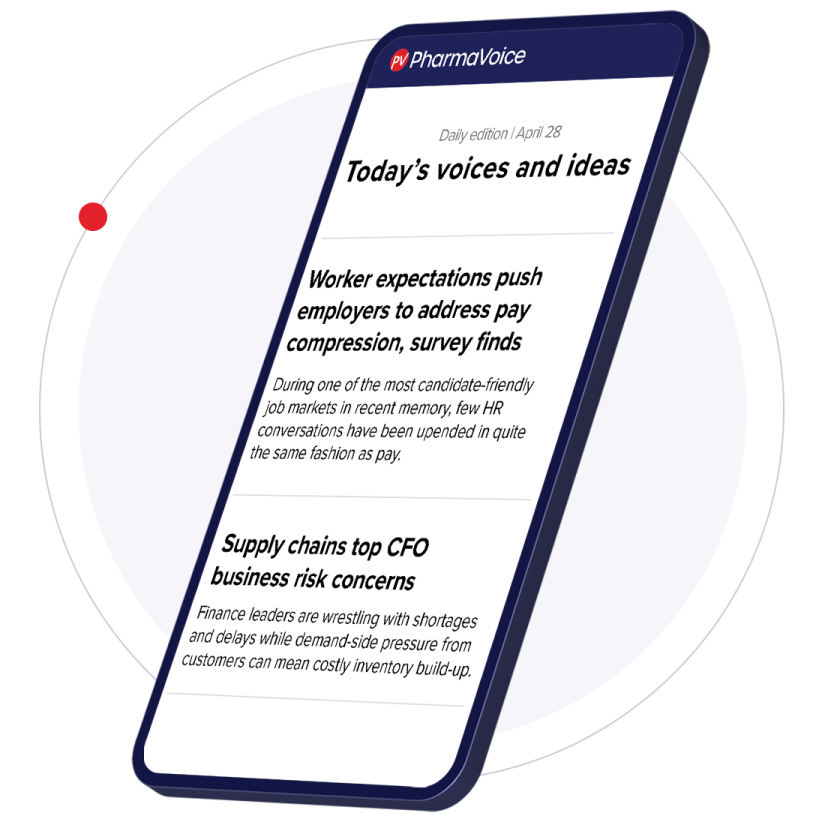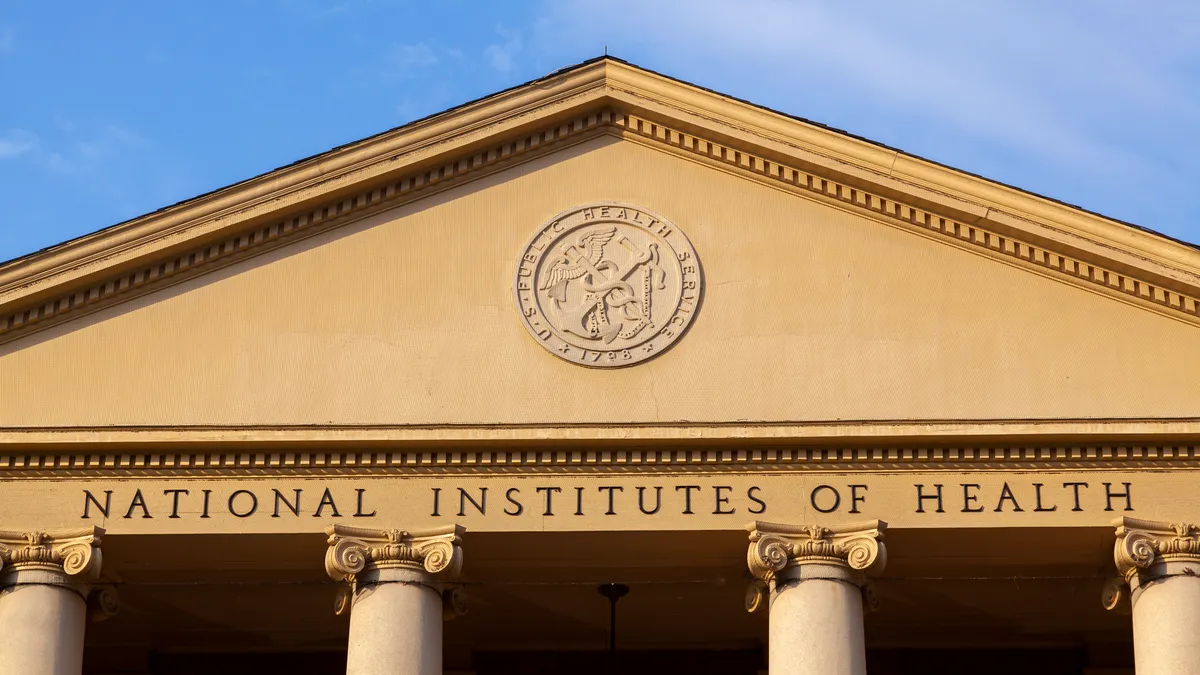More indications are emerging that China’s pharma prowess is here to stay.
Last year, China-based Jiangsu Hengrui Pharmaceuticals overtook the U.K.’s AstraZeneca as the top clinical trial sponsor in the world, according to Citeline’s 2025 annual Clinical Trials Roundup.
The country’s accelerating research boom has been driven by regulatory reforms and economic realities including the improved cost and speed of running trials outside the U.S. This mix of favorable factors is rapidly transforming China into a global R&D hub.
“China's regulatory revolution in the last decade has really made strides in propelling China's biopharma,” said Heidi Chen, associate director of research and commercial services at Citeline and one of the report’s authors.
Chinese firms were once mostly industry vendors, supplying active pharmaceutical ingredients to Western companies. Now they’ve become competitors for Big Pharma.
Jiangsu Hengrui, which reports having more than 400 ongoing clinical trials, including over 20 international studies, saw its R&D portfolio increase by 19% in 2024, according to Citeline’s Pharma R&D 2025 report.
This year, the company has inked several significant deals. In March, it signed a license agreement with Merck & Co. for a new type of heart drug. Four months later, GSK struck a broader collaboration with Jiangsu Hengrui worth up to $12 billion, targeting up to 12 potential programs to develop innovative drugs. The deal includes a license for an investigational PDE3/4 inhibitor for chronic obstructive pulmonary disease.
The rise of Chinese companies in clinical trials is not the only striking change illustrated in Citeline’s analysis of the clinical trial landscape. Data shows shifts in several key therapeutic areas, including central nervous system and cardiovascular disease, and the continued dominance of oncology. Here are some of the report’s key takeaways.
Oncology still on top
Oncology retained its crown as the leading therapeutic indication for new trial starts last year. Six of the 10 top sponsors in the report have a robust oncology pipeline.
While oncology trial growth slowed from about 9.5% in 2023 to around 5% in 2024, the field still accounted for over 37% of all trial initiations.
“I think oncology is always going to stay at No. 1, because it has such a distant lead over all the other therapeutic areas,” Chen said.
The rise of new drug categories, such as T cell therapies, antibody-drug conjugates, bispecific antibodies and radiopharmaceuticals, are among the newer modalities keeping oncology a leading area for breakthroughs.
New avenues to treat CNS disorders
The second biggest therapeutic bucket for R&D activity was CNS, which saw an impressive 14.7% rise in new trials in 2024 and a bump in studies for pain, depression and Alzheimer’s disease. High unmet need, and the ripple effect of encouraging Alzheimer’s drug approvals such as Eisai and Biogen’s Leqembi and Eli Lilly’s Kisulna have helped spur the CNS boom, Chen said.
Pain treatments were also a prime focus. Pain ranked eighth on a list of the top 10 most studied diseases in the report, moving up from the bottom of the list in 2023. However, many drugs in the CNS pipeline are in early-stages, with most trials clustered in phase 1.
Cell therapies take on autoimmune disease
Treatments for autoimmune diseases also saw a 14.6% jump in 2024, with a notable rise in cell and gene therapies.
CAR-T cell treatments have seen a huge uptick in interest following impressive results in a small lupus trial that placed all five participants with severe disease into drug-free remission. Research has now expanded from CAR-T into other types of cell and gene therapies, including T cell engagers.
Companies are working to overcome production challenges and improve the safety profile of these treatments, but it’s a promising area of research.
“We're already seeing some success with lupus and scleroderma trials,” Chen said.
Cardiovascular and rare disease trials accelerate
Cardiovascular disease trials saw the highest growth rate of all therapeutic areas at 15.6%, although it represented a slowdown from 2023’s nearly 30%. An aging population has kept this area a priority, as have advances in cell and gene modalities, Chen said.
“Some of the more advanced technologies, like RNA-targeted therapies, are now being used in treating not just genetic disorders or rare diseases, [but] more common diseases, like hypercholesterolemia,” Chen said.
Rare disease research also continued to rise. Regulatory changes have helped smooth the clinical path. The FDA eased restrictions on real-world evidence and allowed smaller datasets to justify approvals, according to the report. Amyotrophic lateral sclerosis saw the most new trial starts in the rare disease category, doubling from 2023.
And overall, artificial intelligence and other digital advances critical to innovation are accelerating drug development, according to Citeline.
“We are also going to see more integration and embrace of digital health technologies. In addition, we will see more partnerships, not only business deals, but also scientific collaborations and data sharing platforms,” Chen said.


















